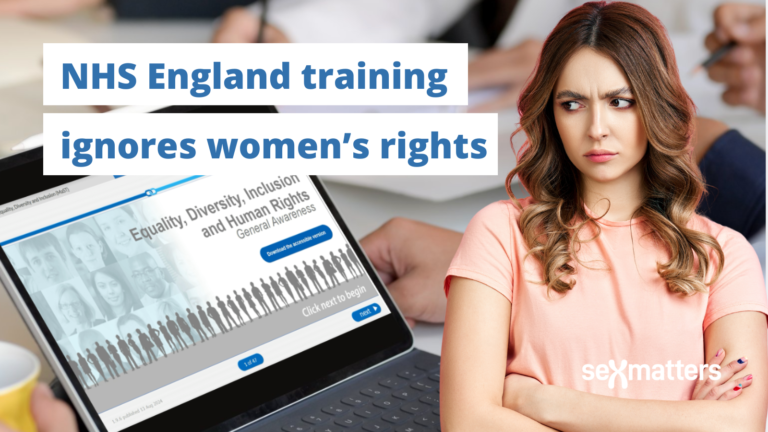Maryland Develops Gender Identity Curriculum for Kindergarten Students
Maryland’s New Gender Identity Curriculum for Kindergarten
The landscape of education is evolving rapidly, and Maryland is making headlines with a new gender identity curriculum aimed at young learners. This initiative has sparked discussion, curiosity, and even a bit of controversy. In this article, we’ll delve into what this curriculum entails, its implications, and why it matters. Let’s take a closer look at how this curriculum is shaping the future of education in Maryland and beyond.
Understanding the Gender Identity Curriculum
So, what exactly is the gender identity curriculum being implemented in Maryland? At its core, this new approach to teaching young children seeks to foster understanding and acceptance of diverse gender identities right from the start. By introducing concepts about gender identity to kindergarten students, the state hopes to create an environment where all kids feel included and valued.
Why Start Young?
You might be wondering, “Why introduce these concepts to children who are so young?” Well, think about it this way: learning is like planting a seed. The earlier you plant it, the better chance it has to grow strong and healthy. By instilling values of empathy, respect, and acceptance early on, educators believe that children will be better equipped to navigate an increasingly diverse world as they grow up.
The Curriculum Breakdown
The curriculum isn’t just about teaching kids the basics of gender identity—it’s about creating a comprehensive understanding of what gender means in today’s society. Here’s a glimpse of what the curriculum might include:
- Understanding Gender: Kids will learn that gender isn’t just about being a boy or a girl. It encompasses a range of identities, allowing them to see beyond the binary.
- Respect for Differences: Activities and discussions will encourage children to respect and accept their peers, regardless of their gender identity.
- Personal Expression: Children will have opportunities to express themselves in ways that align with their gender identity, fostering a sense of authenticity.
What Does This Mean for Parents and Educators?
The introduction of a gender identity curriculum raises some questions and concerns among parents and educators alike. Let’s explore what this means for each group.
For Parents
Parents play a crucial role in this educational shift. Many may feel apprehensive about how to discuss these topics at home. Communication is key. Here are some things for parents to consider:
- Engagement: Engage in open conversations with your children about gender and identity. This helps reinforce what they learn in school.
- Resources: Seek out additional resources and readings that can help you feel more informed about gender identity issues.
- Support: Understand that it’s okay to have questions and uncertainties. Connecting with other parents or communities can provide support and information.
For Educators
Teachers are at the forefront of this initiative, and it’s essential they are equipped to handle the discussions around gender identity with sensitivity and confidence. Here are a few points for educators to keep in mind:
- Training: Ongoing professional development should be provided to help educators navigate sensitive topics and create inclusive classrooms.
- Safe Spaces: Teachers should foster an environment where students feel safe to express themselves without fear of judgment.
- Curriculum Flexibility: Adapt and modify lesson plans to fit the unique needs of their classrooms while remaining true to the core values of the curriculum.
The Bigger Picture: Societal Implications
The introduction of gender identity education in Maryland’s schools is just one part of a larger conversation happening across the country. As society continues to evolve, educational systems must adapt to reflect these changes.
Promoting Inclusivity
At its heart, this curriculum is about promoting inclusivity and understanding. It aligns with a broader push toward acceptance within our communities, aiming to eradicate bullying and discrimination based on gender identity. Children taught to respect and embrace differences are likely to carry those values into adulthood.
Addressing Mental Health
There’s also a mental health aspect to consider. Studies have shown that LGBTQ+ youth experience higher rates of bullying, depression, and anxiety. By normalizing discussions around gender identity at a young age, the goal is to reduce stigma, which could ultimately lead to better mental health outcomes for all children.
Challenges and Critiques
As with any significant change, there are challenges and critiques that accompany the rollout of this curriculum. Let’s break down a few of these concerns.
Parental Concerns
Some parents express concerns that exposing young children to gender identity topics may be premature. They might argue that children should be allowed to develop their understanding of gender naturally. Striking a balance between education and parental values is a delicate task for schools.
Implementation Variability
Another challenge lies in how the curriculum will be implemented across various schools. With differences in teacher comfort levels, training availability, and community support, there could be significant variability in how effectively the curriculum is delivered.
The Path Forward: Fostering Understanding and Acceptance
Despite the challenges, the push for a gender identity curriculum in Maryland reflects a society striving for greater understanding and inclusivity. Here’s how we can pave the way forward:
- Open Dialogue: Encourage ongoing conversations among parents, educators, and the community to foster understanding.
- Continued Research: As this initiative rolls out, researching its impact on children’s understanding of gender and overall school climate is valuable.
- Community Support: Building coalitions with local LGBTQ+ organizations can provide resources and support for both schools and families.
Conclusion
The introduction of a gender identity curriculum for kindergarten students in Maryland marks a significant step toward fostering inclusivity and awareness from an early age. While it brings challenges and discussions to the forefront, the potential benefits for mental health, acceptance, and understanding are paramount. As we navigate this new terrain, it’s essential for parents, educators, and communities to work together in supporting our children’s growth in a diverse world.
In the end, we all want our kids to grow up feeling safe, accepted, and empowered to express who they truly are. The journey to understanding gender identity is just one part of that broader path, and with open hearts and minds, we can navigate it together.
FAQs
-
What age group is the gender identity curriculum targeting?
The curriculum targets kindergarten students, aiming to introduce them to the concept of gender identity early on. -
What are the objectives of this curriculum?
The main objectives are to foster understanding, respect for differences, and personal expression regarding gender identity. -
How can parents get involved in this initiative?
Parents can engage in open dialogues with their children, seek resources, and connect with community support systems.
-
What challenges do schools face in implementing this curriculum?
Schools may face varied implementation effectiveness due to differences in training, teacher comfort levels, and parental concerns. -
What impact might this curriculum have on mental health?
Educating children on inclusivity and acceptance may help reduce bullying and discrimination, leading to better mental health outcomes for all students.







